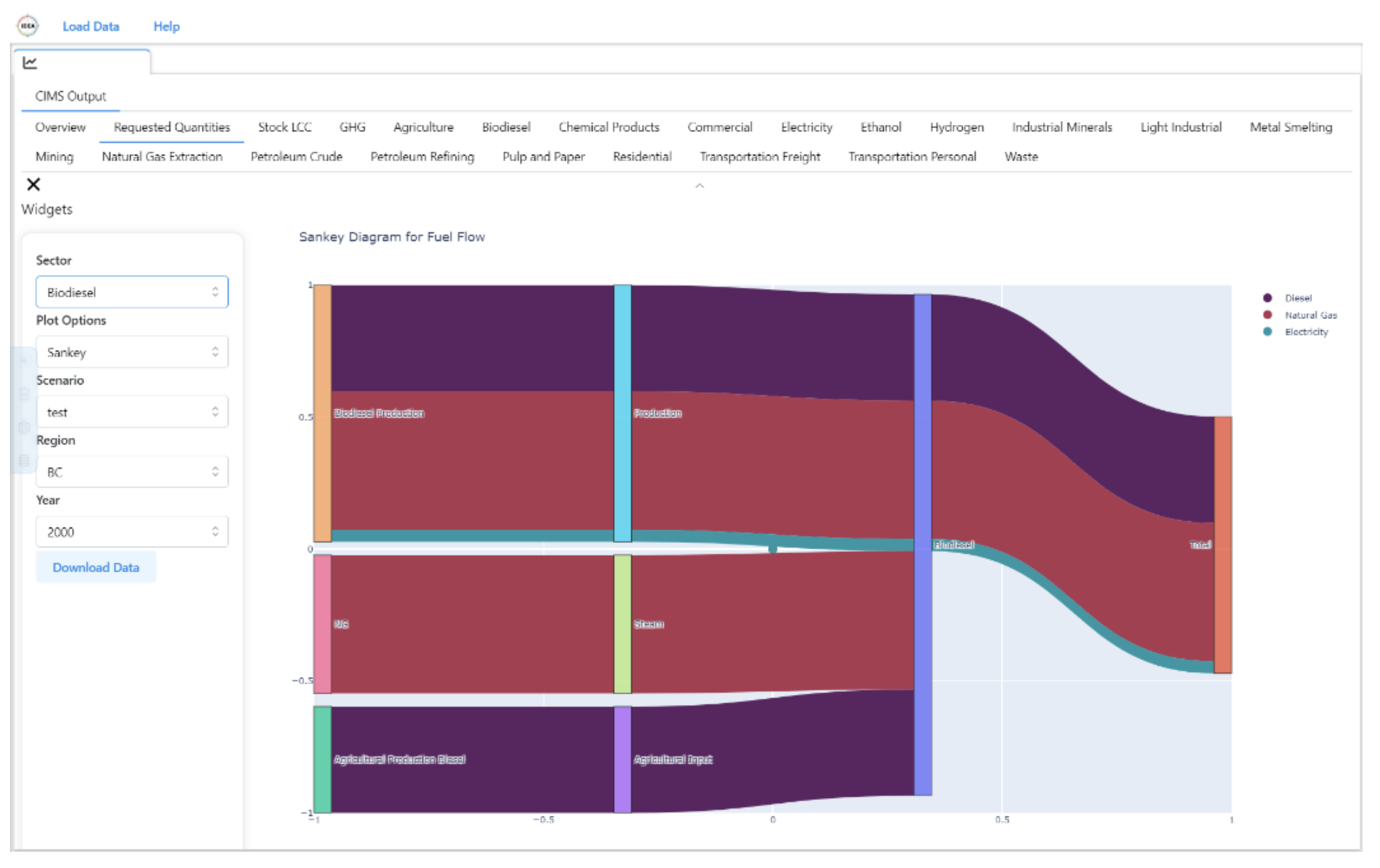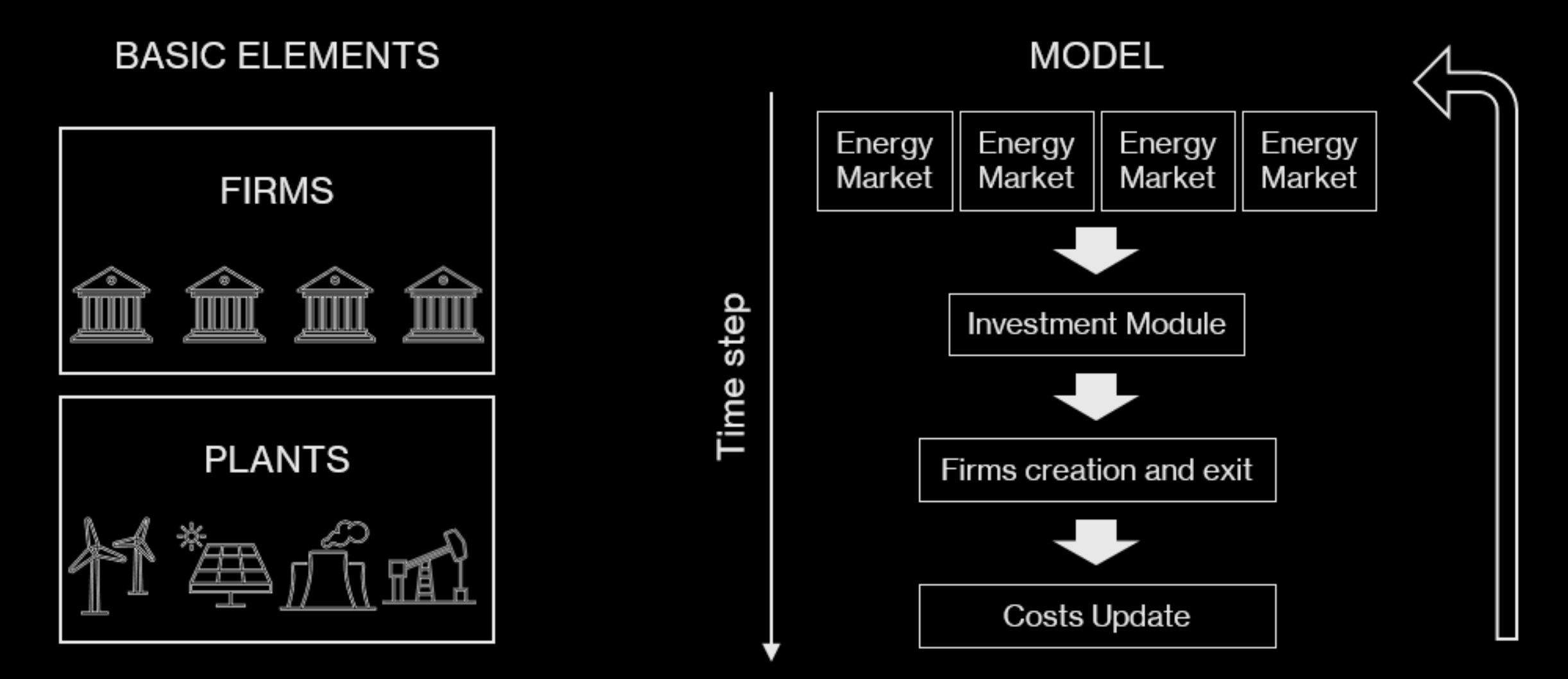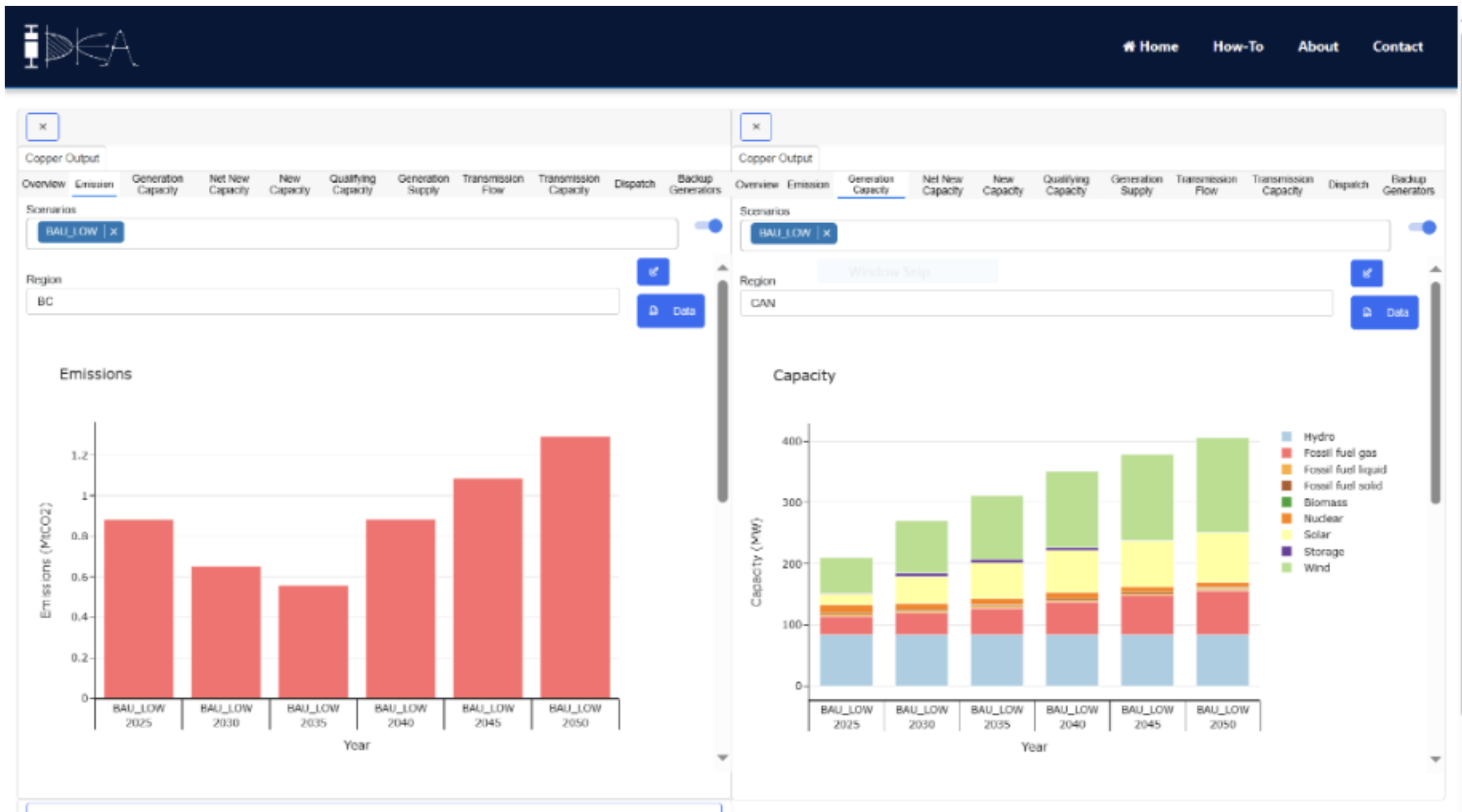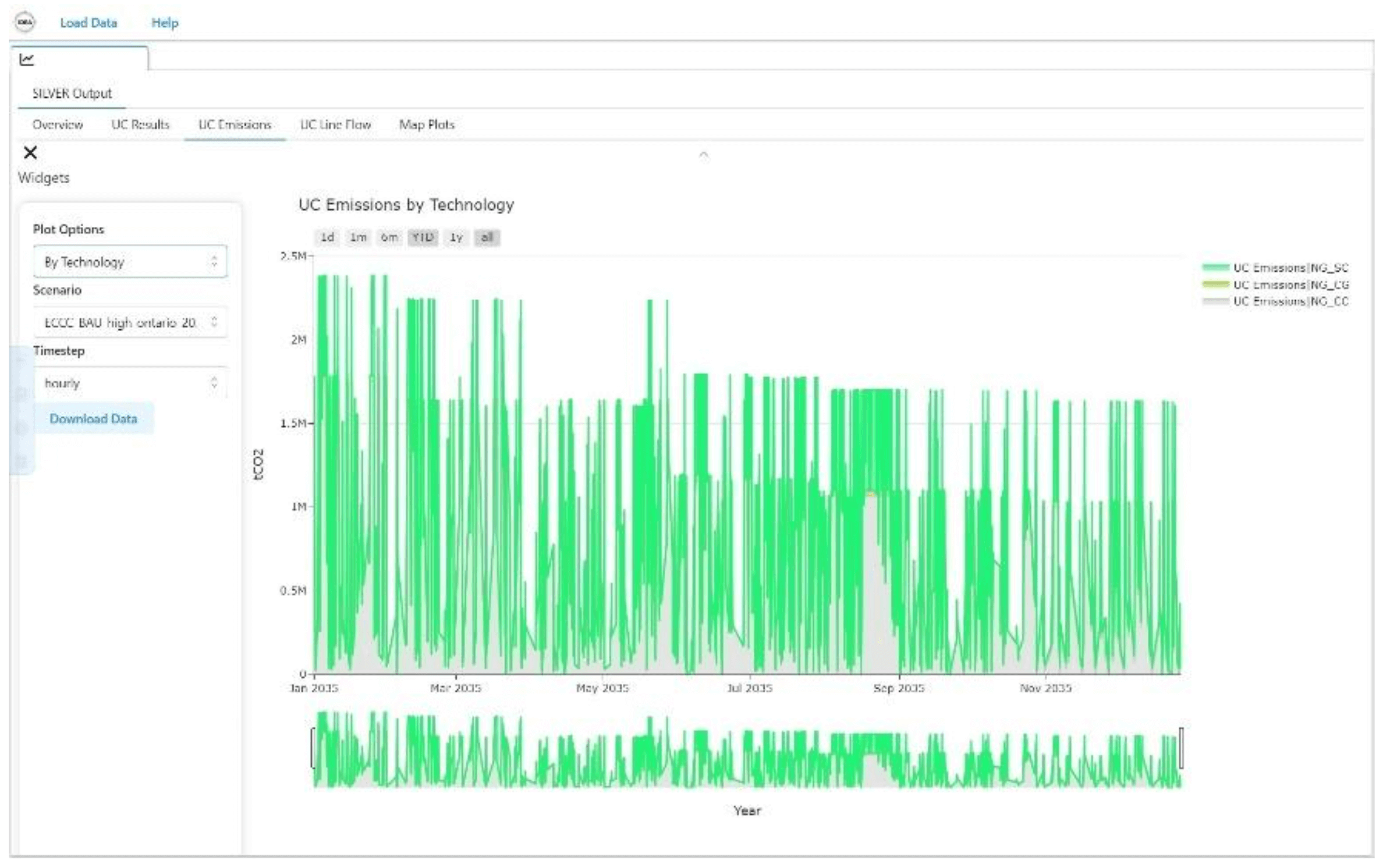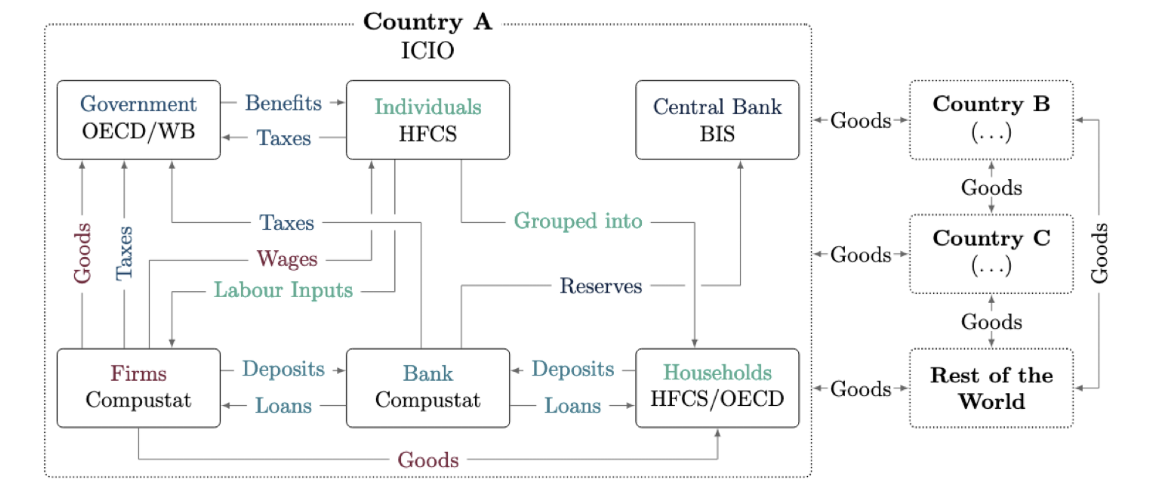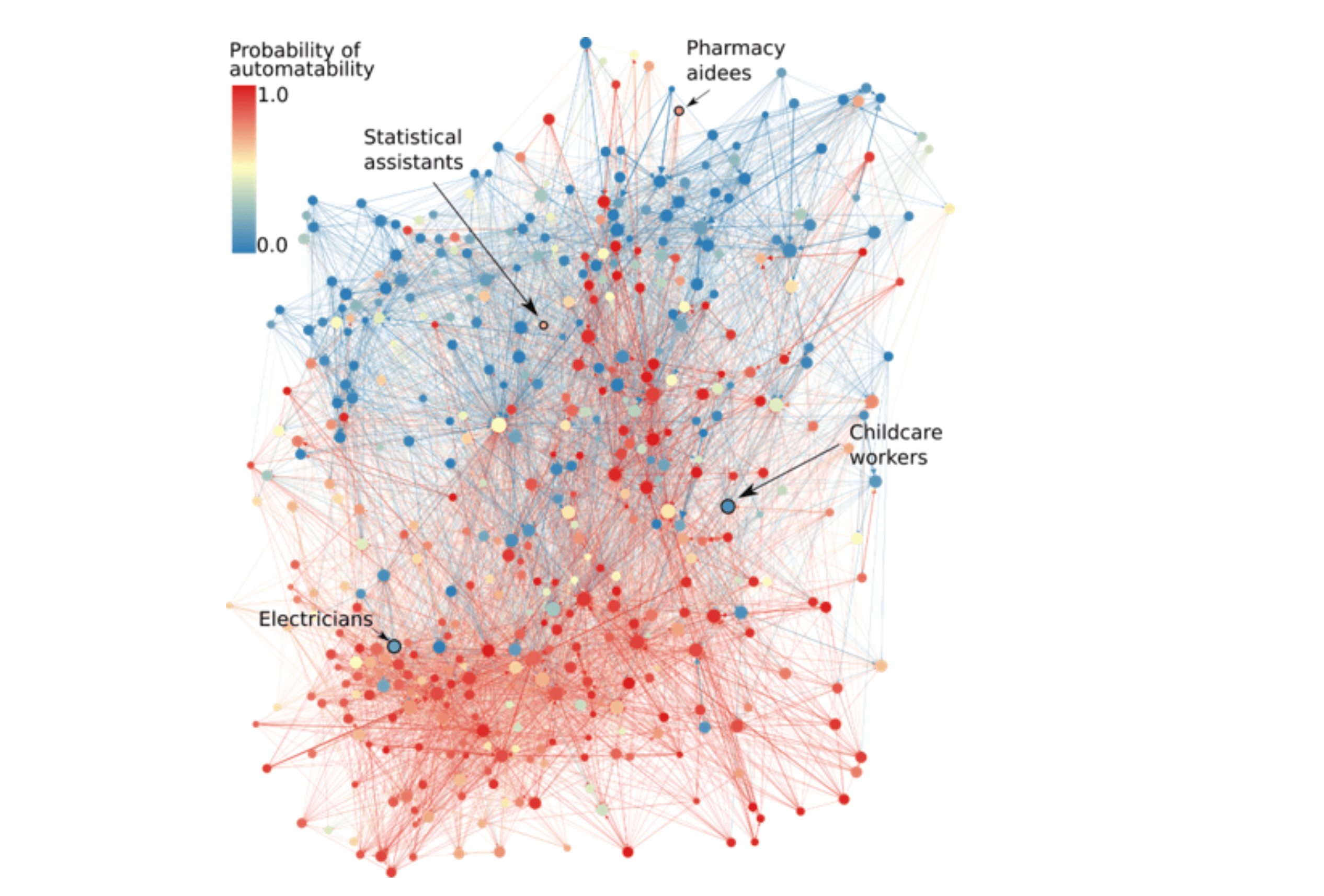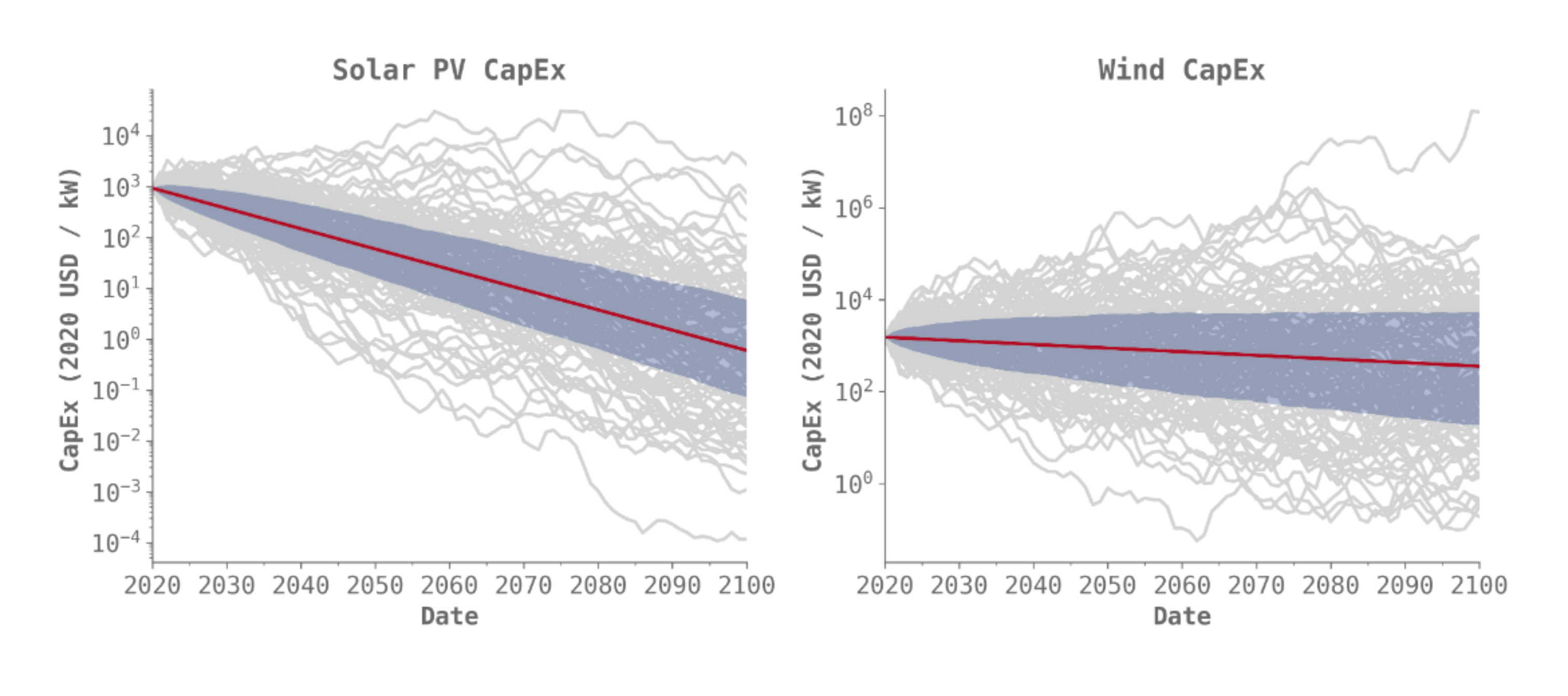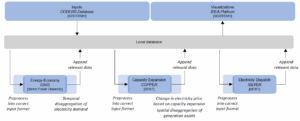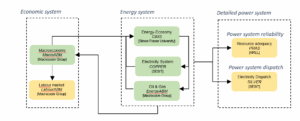MESSAGEix-Canada covers all energy sectors in the economy, including oil & gas, power, buildings and transportation, and is designed to investigate long-term energy pathways and comprehensively assess energy policy packages. With its whole-energy system coverage, the model is well suited to answer policy and research questions that require feedbacks between downstream and upstream sectors to be accounted for (e.g., demand response).
MESSAGEix-Canada is built off of the MESSAGEix framework, a linear programming modelling framework developed by the International Institute for Applied Systems Analysis in Austria.
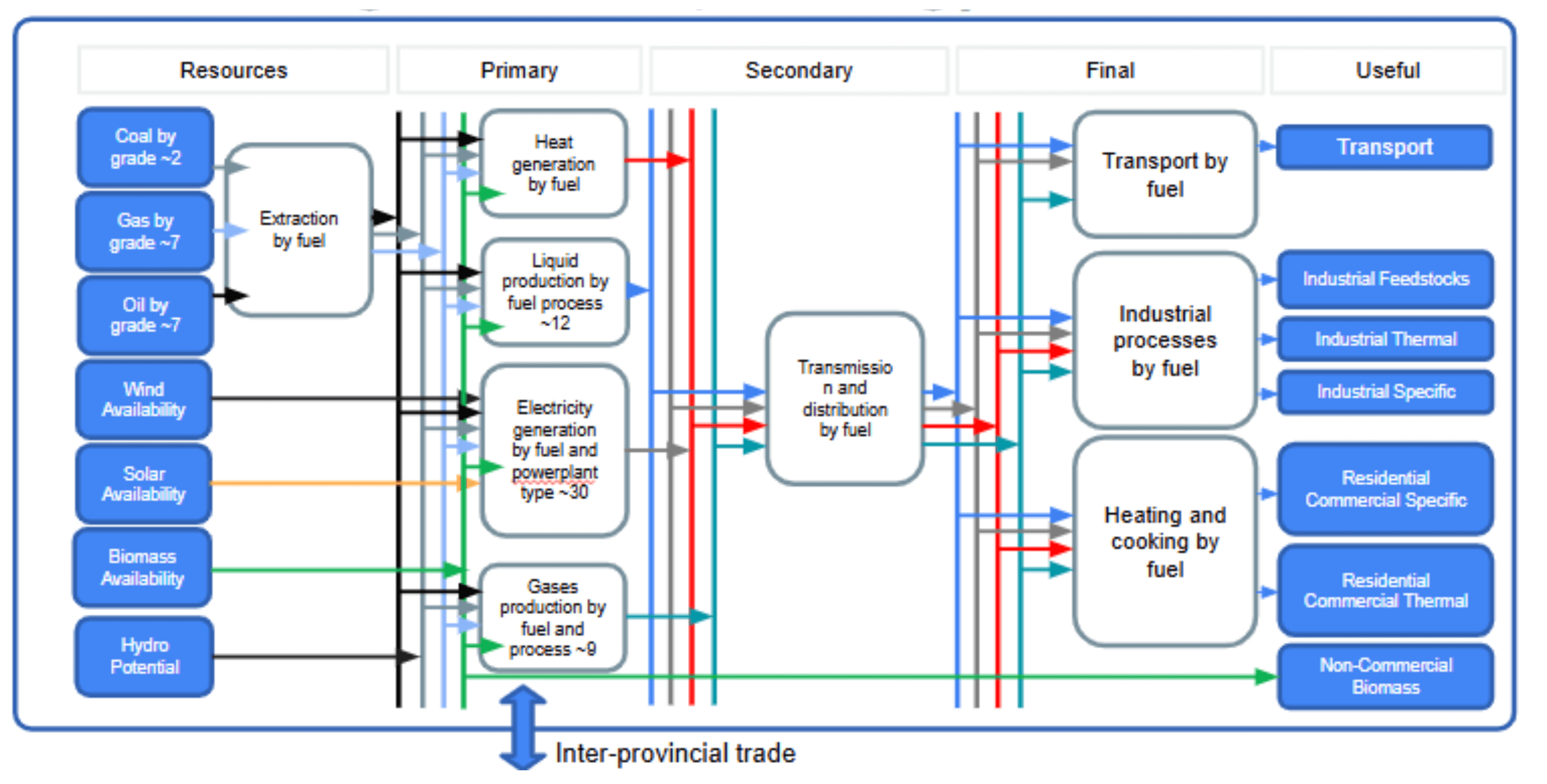
Key features of MESSAGEix-Canada:
- Provincial / territorial resolution: All provinces and territories are represented as separate nodes in the model, allowing for policy and pathway assessments at both the federal and provincial / territorial levels.
- Least-cost optimization: Since the model seeks a minimal cost solution to the policy and technology constraints provided to it, MESSAGEix-Canada can complement the use of models like CIMS, which account for behaviour, but do not give insight to the user on the most efficient pathway that satisfies the policies / other constraints provided by the user.
- Detailed representation of hydrogen: significant work has gone into developing and calibrating the model’s representation of hydrogen production, transmission & distribution and use. The model currently includes 20+ hydrogen technologies, with additional work on improving the representation of end use technologies planned.
Policy / research questions MESSAGEix-Canada is designed to explore:
- How does a policy package being proposed by the federal government impact emissions?
- What policies and technologies will most be needed in the 2030s and 2040s to ensure Canada reaches net-zero?
- Is there a credible net-zero scenario for Canada by 2050 that involves significant oil and gas production increases? What would be the preconditions for this?
- If Canada adds a production tax credit to hydrogen production, such as $0.5-3 USD per kg of H2 to match the US policy, what will be the impact on H2 production and emissions? Where would the H2 be produced, and where would it be used?

